Scientific conference reform: scientists respond to Sarabipour et al. 2020
Posted by Gautam Dey, on 28 April 2020
I wrote to several colleagues in the process of highlighting (preLight here) a recent preprint on conference reform by Sarabipour et al., some involved in organising conferences, others invested in ECR career development, publishing, and publishing reform. Here are their comments (I will update this resource as I hear back from more people):
Jessica Polka, Executive Director of ASAPbio
“I am really intrigued by the local hub model… [though] it’s often challenging to be a virtual participant when much of the meeting is happening in person.”
ASAPbio is planning to move our meetings online for the foreseeable future, so we will definitely be using some of these ideas. Replicating the “hallway track” seems to be one of the most significant challenges, so I’m excited to play with Zoom breakout rooms and other ways to promote 1:1 interaction.
I am really intrigued by the local hub model, though this raises the question of what people can do if they can’t travel to a hub or if connections between hubs are as important as interactions within them. This stems from my previous personal experience with hybrid events: it’s often challenging to be a virtual participant when much of the meeting is happening in person. It may be that, with better A/V tools, this problem will diminish (for example, the Meeting Owl enables virtual attendees to feel more like they’re in a room of speakers).
Prachee Avasthi, University of Kansas Medical Centre, USA – founder of New PI Slack
“My thoughts are that the bar for conferences needs to be MUCH higher. We shouldn’t just fight the rich-get richer-factor, we should obliterate it.”
My thoughts are that the bar for conferences needs to be MUCH higher. If we are going to incur the expense and carbon cost of an in person meeting, it should be a complete complement of what’s missing elsewhere. It shouldn’t be a place to showcase work and people we already know and see elsewhere, it should be a way to highlight things we otherwise would never have seen or meet others we never would have met. We shouldn’t just fight the rich-get richer-factor, we should obliterate it.
Second, one of the reasons people don’t like the current iteration of virtual conferences is that we’re trying too hard to make it the SAME as an in person conference might be and make weak substitutes for the real thing. This is why I’m less excited about virtual video conference format in general (though I realize they’re an important piece of this and others likely prefer it). Not only is it a poor substitute, but mainly, I can’t get the protection needed from my work and home life needed to participate in a virtual conference. Instead, we should completely reinvent a conference experience that takes a lot of the elements suggested in the preprint (preprints, Slack etc) and maybe other ways of promoting asynchronous discussion and commenting. Maybe we could finally have the robust comment culture you all have going on at prelights for conference preprints. Actually, conferences are where the bulk/all of my preprint feedback comes from. So having some framework to post preprints and have a dedicated period of time to read/comment asynchronously would be awesome. Along with maybe some incentives to comment/contribute in a timely way (maybe comments or aggregated feedback could get highlighted in journals and comprehensive reports of collected preprints could be another research product people could get credit for).
Maybe there are other ways where people could introduce/brand themselves that are even BETTER than relying upon cold approaching people in a virtual chat room or in person. An ORCID-linked virtual calling card with standardized photo/information in a Slack profile or another item like that attached to preprints so we could get to know all the authors of any preprint better.
Stephen Royle, University of Warwick, UK – former BSCB Meetings Secretary
“Thanks for highlighting this preprint. I had overlooked it, what with everything going on! I couldn’t agree more with the points raised and – like you and others – I was feeling this way before COVID-19.”
Sally Lowell (Meetings Officer BSDB, Board of Directors, The Company of Biologists) and
Kate Storey (Board of Directors, The Company of Biologists), Cambridge, UK
“The problem is that there are considerable logistical and financial barriers to setting up hub conferences. The Company of Biologists is looking at ways to help the community overcome these barriers…”
The ‘hub’ conference model – where regional groups meet and then connect and share with others to make a larger meeting – seems a promising way forward. It maintains the all-important social aspect of conferences while limiting environmentally-damaging international travel. The problem is that there are considerable logistical and financial barriers to setting up hub conferences. The Company of Biologists is looking at ways to help the community overcome these barriers and plan to recruit a ‘Sustainable Conferencing’ officer whose aim would be to develop and oversee a series of measures to support conference organisers with exactly the type of initiatives laid out in this paper, including logistical and technical support for hub conferences. You’ll be hearing more about this in the months to come.
Aidan Maartens, Community Manager of the Node
“I’m left thinking that TAGC 2020 did an amazing job in going virtual – a credit to their organisation – and that e-conferences can be a fun and valuable substitute for the real event.”
I’ve been part of two very different online conferences in the last few weeks – the first one as co-organiser. The BSDB meeting was five days before it was meant to start – very deflating but certainly the right decision by the organisers (we were pre-lockdown but the situation was very tense and uncertain, and things were obviously escalating). We got in touch with the organisers about putting some things online and ended up asking participants to provide slides, posters and pre-recorded talks where they could (uploaded to figshare or Youtube, and then collated on the Node). We had a lot of great posters and I think the ‘Tweetorials’ worked very well as a substitute for giving a talk. We also got to chat to some of the housebound plenary speakers in video interviews. I enjoyed being a part of it especially at that uncertain time. In a way it was an act of rebellion against the virus – you took away the meeting but we’ll keep going! Given that we only had a few days to organise I’m happy with the way it turned out – we didn’t have time for instance to organise live video talks, but allowing many ECRs to share their work and seeing the interactions on Twitter was gratifying.
The TAGC 2020 online experience (which is actually still going with poster sessions this week and workshops going on till June) was a different beast entirely. I was very impressed with the set up – all done via Zoom, with chairs introducing the speakers and relaying questions through the Q&A functionality, and everyone speaking via their homes. In all the sessions I attended, the only technical hitches seemed to stem from slow internet speeds in speakers’ houses – this is something to consider if, for instance, you want to globalise conferences and extend opportunities to countries where good internet is not guaranteed. I’ve encountered more technical hitches in normal conferences (switching adapters, scratchy microphones, overheating projectors etc.), and more distractions too when sitting in the audience (loud typers, whispered conversations, humming air conditioners etc.).
The Q&A format seems much more inclusive than at a normal conference, presumably because asking a question in a room full of people can be very daunting. Moreover, the Q&A chat room extended after the speaker had finished speaking, so even if your question wasn’t read out, it could be answered later. This could presumably be rolled out to in-person conferences. There was also a lot of interaction on Slack, but, at least for me I would have interacted with more people at an in-person event – perhaps this reflects my personality or the need for e-conference organisers to think about ways to be creative in getting people together (e.g. in a speed dating style).
I’m left thinking that TAGC 2020 did an amazing job in going virtual – a credit to their organisation – and that e-conferences can be a fun and valuable substitute for the real event.
Giulia Paci, UCL/MRC Lab for Molecular Cell Biology, London, UK
“The local hub idea sounds great… the only scenario where I foresee some difficulties for early career researchers is while networking for one’s next position…”
I am wondering what will happen to “unpublished data” – you know, the kind of new and exciting things you would hear at a Gordon conference – I think many people will be concerned with confidentiality in an online format. Are students going to be allowed to upload their posters online, accessible to thousands of people with little control (anyone can take screenshots, for example). I know quite a few paranoid PIs who probably would not allow this… yet it can be really useful as a PhD student to get early feedback on projects at conferences.
The local hub idea sounds great, I think participation from home would make the experience quite different. The only scenario where I foresee some difficulties for early career researchers is while networking for one’s next position – for example German PhD students wanting to move to the US for a postdoc. How would one network in such a case? Or do we expect these will be the few people still travelling overseas, applying for specific funding to do so?
I would also stress the idea of no printed materials and less gadgets (I think this is also in the preprint maybe). It’s one thing which has often bothered me – people come back with so much junk from conferences!
Anne Straube, University of Warwick, UK – current BSCB Meetings Secretary
“I would agree that there are too many meetings right now – the same people travelling everywhere to deliver the same talks again and again. Promoting the idea of small workshops could help, but this holds the danger of further disadvantaging communities that already have little access to such meetings. The way forward, for in-person meetings, is to work closely with the scientific societies that host regional and local conferences – perhaps via the hub option discussed in the preprint.”
Pedro Pereira, Investigator, TQB-UNL, Lisbon, Portugal – and co-organiser of SPAOM 2020
“A model with mainly virtual conferences can also end up discriminating against disadvantaged groups, and I didn’t really see that addressed in the paper.”
I think the arguments put forward in the preprint make a lot of sense, but I have a few concerns:
1) I fear that fully open virtual conferences could kill the sharing of unpublished data. Conferences that end up as a boring highlight of published data might be one of the reasons why “44% mentioned that these conferences had “no perceptible impacts” on their research projects, programmes or policies”. We all know that if people do not engage, conferences are basically useless and virtual conferences open to all might make that a more common problem. My suggestion is that, rather than having all conferences open to all people, you could have non-profit pay-per-view based conference attendance where you can only watch if you register with an institutional email and pay a small fee that covers organisational costs (like softwares that detect is the talk is being filmed and things like that, or more if they fund travel grants, see point 2). Hence, people would have to register beforehand, you would have an attendance registry, and, like the GRC, you would have to sign a non-disclosure form.
2) A model with mainly virtual conferences can also end up discriminating against disadvantaged groups, and I didn’t really see that addressed in the paper. Virtual conferences do not have the valuable bonus of allowing people to approach other people and talk in person, that’s obvious, and the local “in person” gatherings are not a solution because once again they can discriminate massively against people from less wealthy countries. A workshop in London with people from UCL, FCI, Imperial and so on is not the same as a workshop in Lisbon (I talk about London and Lisbon as cities that I’ve worked in, but it’s easy to find more striking examples). Further, the advantage of in person conferences is that, regardless of where you are from, you can easily approach someone. I imagine that might be a bit harder to achieve virtually. Hence, I think a compromise has to be reached, where we retain smaller international conferences, no bigger than your average GRC (~150 people), organised in a very similar way to the GRCs, namely prioritising unpublished data and social activities so that people know each other and increase travel grants considerably with priority for ECR from less rich countries. This would be funded by people paying to attend the conference virtually. A way to make people keen on this could be to give priority in the questions to virtual attendees.
Sharon Ahmad, Executive Editor JCS, The Company of Biologists, Cambridge, UK
“Coffee breaks, lunch queues, walking to a talk, taking the lift, catching the conference coach, even waiting in the airport/at the train station – this is when a lot of conversations start and can lead to lasting relationships. I am interested to see what the future holds for conferences, and accept that we can’t go on how we have in the past, but I will mourn the loss of personal interactions!”
As someone who both attends and hosts conferences, I can’t see that any of the suggestions come close to addressing what I think of as the biggest benefit of attending conferences: the ‘in between’ interactions. Coffee breaks, lunch queues, walking to a talk, taking the lift, catching the conference coach, even waiting in the airport/at the train station – this is when a lot of conversations start and can lead to lasting relationships.
I think other things are easier to achieve. I like the idea of a ‘scores on the doors’ approach to gender balance for meetings. Every conference should make it clear what the split is. At the last JCS meeting we tried a number of initiatives to promote ECRs. We did ask for questions from them first, but as I’ve seen at other meetings, they often find it too daunting to be the first ones to speak. We had lots of slots for short talks, and reduced the number of long talks to fit them in. But the most popular and successful was ‘speed dating’, where people talked to someone for a few minutes, then switched when we rang a bell. We had fantastic feedback on that – ECRs and PIs who might not have spoken, and reports of collaborations being formed from that.
I am interested to see what the future holds for conferences, and accept that we can’t go on how we have in the past, but I will mourn the loss of personal interactions!
Sian Culley, UCL MRC Lab for Molecular Cell Biology, London, UK – founder of the RMS Gender Equality Resource and
Gail McConnell, University of Strathclyde, Glasgow, UK
While [increasing the capacity for giving remote presentations] helps groups such as female professors, group leaders, and senior postdocs who may be invited to speak, this still does not help amplify the voices of junior postdocs and PhD students. These are groups that could very much benefit from more of a shift in conference format and especially conference ‘culture’.
Most researchers are familiar with the concept of the ‘leaky pipeline’: the phenomenon whereby the proportion of female researchers relative to male researchers decreases with seniority. Within the constraints of the most commonly-used conference structures – e.g. keynote speakers, invited speakers, accepted oral presentations, accepted poster presentations – conference organisers often struggle to secure a gender-balanced group of invited speakers, especially for fields in the physical sciences. This can be for several reasons, including unconscious bias against women and a lack of awareness of appropriate female scientists in the field. However, one major problem is that in fields with a small pool of female researchers possessing the traditional requirements for an ‘invited speaker’, there is often a collection of women who get invited to speak at a large number of conferences. This puts enormous pressure on these researchers – should they reject these invitations, many feel that they are contributing to the problem of under-representation of women at conferences, but should they accept these invitations this can put large strains on their personal and professional lives due to the amount of travelling required. The role of many female researchers in caring roles for family members (not just limited to children, but also elderly and disabled relatives, which is often overlooked) frequently exacerbates this.
One way of ensuring more gender-balanced line-ups of invited speakers is to cast the net wider e.g. invite women from earlier career stages to speak. However, this may be perceived as unfair on more senior male researchers who feel ‘overlooked’ for invited speaker opportunities. A straightforward solution to this would be specifically allocating some invited speaker slots only to early career researchers, so that career stage diversity becomes more integrated within conference structures, thus opening another avenue to allow women and other under-represented groups to present.
Increasing the capacity for giving remote presentations should definitely help to alleviate the pressure on senior female researchers to undertake frequent travelling. While these options help groups such as female professors, group leaders, and senior postdocs who may be invited to speak, this still does not help amplify the voices of junior postdocs and PhD students. These are groups that could very much benefit from more of a shift in conference format and especially conference ‘culture’. This would involve a greater number of discussion and networking sessions that don’t rely on the presence of ‘prestigious’ senior speakers, allowing more junior female researchers to engage more actively in scientific meetings without worrying that they have been invited to participate due to tokenism. Furthermore, it is important that such sessions are not implicitly associated with drinking; while alcohol at ‘networking’ sessions can help people relax and talk more, it can also unfortunately make women quite vulnerable. Alcohol-free networking events during core hours should be encouraged to widen participation from all members of the community, irrespective of carer responsibilities, personal or religious beliefs.
Madhuja Samaddar, Postdoctoral Fellow, Calico Life Sciences
Finally, even though I enjoyed the flexibility of tuning in to talks on demand [during the massive TAGC online conference] from the comfort of my home and at my chosen hour, I did miss the ability to excuse myself from all other professional and domestic commitments for a few days and immerse myself in the meeting. A relatively small tradeoff, I guess!
The preprint by Sarabipour et al. does a commendable job at analyzing what’s broken in the existing scientific conference system and provides comprehensive suggestions about reinventing it. As a woman, an ECR and also having been a graduate student in a developing nation, I can personally (and painfully) relate to the challenges highlighted by the authors. The recent online avatar of TAGC organized by the Genetics Society of America (GSA) served as the perfect pilot experiment that tested a number of these recommendations on a scale possibly unlike anything before this. Although spurred by the ongoing global crisis rather than by design, for many researchers across the world including myself, this was the first taste of a fully online major scientific conference. I wasn’t even planning to attend the original TAGC this year, so the online version definitely opened up a possibility that didn’t exist before, regardless of the pandemic. I greatly appreciated the flexibility of being able to attend talks in parallel sessions without the ‘fear of missing out’, as well as the ability to visit recorded talks later. It is remarkable that GSA pulled this off so successfully with so little time for preparation.
While I am in complete agreement with the authors about the pressing need for reforms and the guidelines that they provide, I have a few concerns:
First, an issue with future meetings relying very heavily on the preprint culture for dialogue is that preprints are still not mainstream enough, outside of a handful of countries (another important preprint by Abdill et al.). Therefore, the use of preprints to facilitate discussion and feedback could continue to disproportionately benefit only researchers from certain geographic locations. The disparity in preprinting also likely differs between scientific communities (specific model organisms versus the general cell biology community, for example). Changing this will require a more extensive change in mindset globally and broader acceptance of preprints as a valid form of scholarly communication.
Also, sharing entire posters online for anyone to access and potentially save could be likely perceived as a threat by many labs, pushing people away from sharing unpublished work.
Second, the networking aspect of meetings is undoubtedly the most valuable for any ECR attendee. Many strategies have been laid out to at least partially recreate these opportunities in the vision for future meetings, but they cannot really stand in for many aspects of these interactions. Again, I think the suggestions are just the initial steps and there is a long road ahead of us. Maybe we will eventually just accept it as the new normal, as we have with so many other things.
Finally, even though I enjoyed the flexibility of tuning in to talks on demand from the comfort of my home and at my chosen hour, I did miss the ability to excuse myself from all other professional and domestic commitments for a few days and immerse myself in the meeting. A relatively small tradeoff, I guess!
Caron Jacobs, Postdoctoral Fellow, UCT Institute of Infectious Disease and Molecular Medicine, Cape Town, South Africa
Without these [interacting with, and learning from people from elsewhere] diverse interactions and the friendships and collaborations that form from them, are we at risk of research, particularly in smaller and more poorly-resourced communities, becoming even more regionally silo’d than it already can be, based on distribution of resources and local policies etc?
- Stable high-bandwidth internet is not uniformly available across many regions of developing countries – the infrastructure is often unreliable and data can be very expensive. The use of hubs, as opposed to fully-digital meetings where everyone attends from their home (so, after COVID and global lockdown) solves this problem partly – institutions should be able to provide bandwidth, if not always stability. But yes, I agree completely with you that internet access should be a human right – not just for conferencing, but for education at all stages of life, innovation and commerce, and freedom of speech and communication.
- I’m not sure how to get around two things that physically travelling to a meeting provide you: (1) A break from your daily routine and responsibilities, so you can focus on the science and connecting with people. We already know that attending a big conference in your home city is a very different experience to attending one that you travelled to get to – life seems to intrude much more! This might be even more so for those with teaching and family responsibilities – as we are already seeing with diverse WFH struggles. And (2) those in-person connections – which as you say are often so serendipitous, and not necessarily directly related to the content of the conference, but can nevertheless be important for career and personal development. I acknowledge that that’s already a privileged position – so many who don’t have the chance to go to conferences, or have other responsibilities, don’t experience those things anyway. So then, it’s a sort of levelling of the playing field, and the expectation is that democratisation of the conference content makes up for that loss to the smaller number of researchers and their science.
- The hybrid approach – gathering at hubs and then virtual conferencing between those hubs, partly provides some of that mentioned above. But I still feel like it’s missing the massive value that is gleaned from interacting with, and learning from people from elsewhere, who are different and have had distinct experiences, especially for students and ECRs.
- Without these diverse interactions and the friendships and collaborations that form from them, are we at risk of research, particularly in smaller and more poorly-resourced communities, becoming even more regionally silo’d than it already can be, based on distribution of resources and local policies etc?
- I think the post-pandemic future will hold a mixture of virtual and modified in-person meetings. Perhaps some rationing of how many meetings one can travel to, and how far, in a given period will be recommended for researchers in the future, but I have no idea how that can be enforced. You also mentioned making meetings longer, to justify the commitment and carbon-cost. It makes sense, but the introvert in me recoils – there will need to be programmed down time as much as programmed social engagement and networking, or us introverts will leave broken and hesitant to attend too often!
- This whole discussion has been about conferences, but many of the same problems could be highlighted about workshops and courses – with the exception that they are usually a bit longer, smaller, and have a higher ECR:PI ratio. If these can be preserved at a larger proportion for travel and IRL participation, then the opportunity for in-person engagement and relationship building, which is reduced for ECRs with a switch to virtual meetings, will at least be partly preserved through these valuable events (although more for students and early-stage post-docs than for those in the job market).
- I think fields will benefit from centralised portal(s) where all the online material that will be produced through virtual meetings is collected and curated. The volume of information will be huge!


 (6 votes)
(6 votes)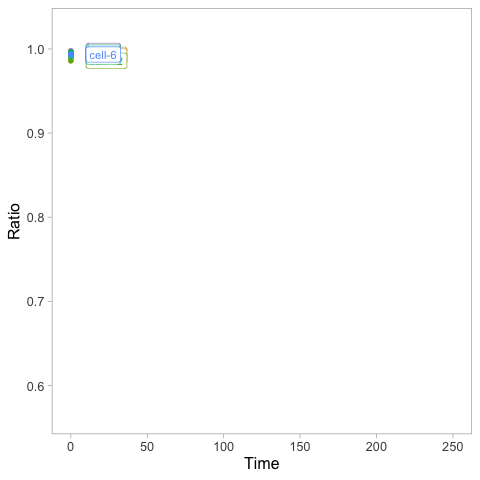
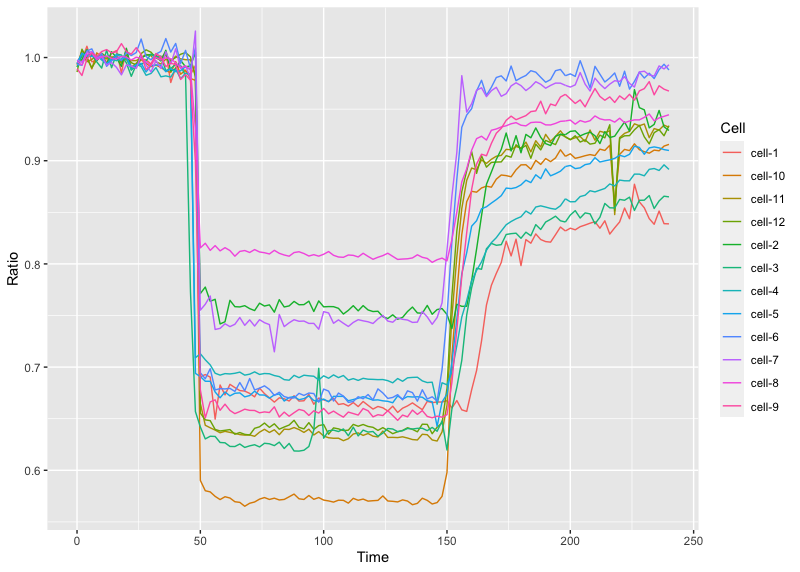

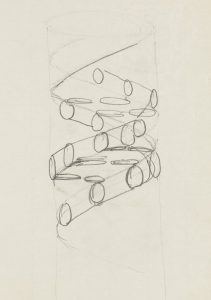
 (No Ratings Yet)
(No Ratings Yet)
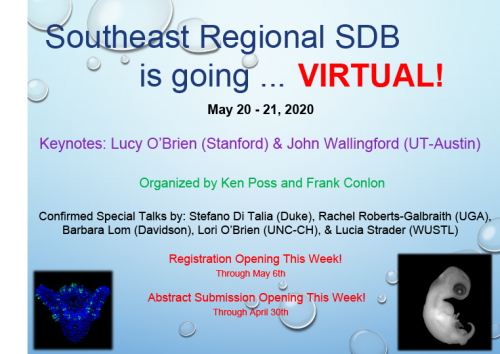
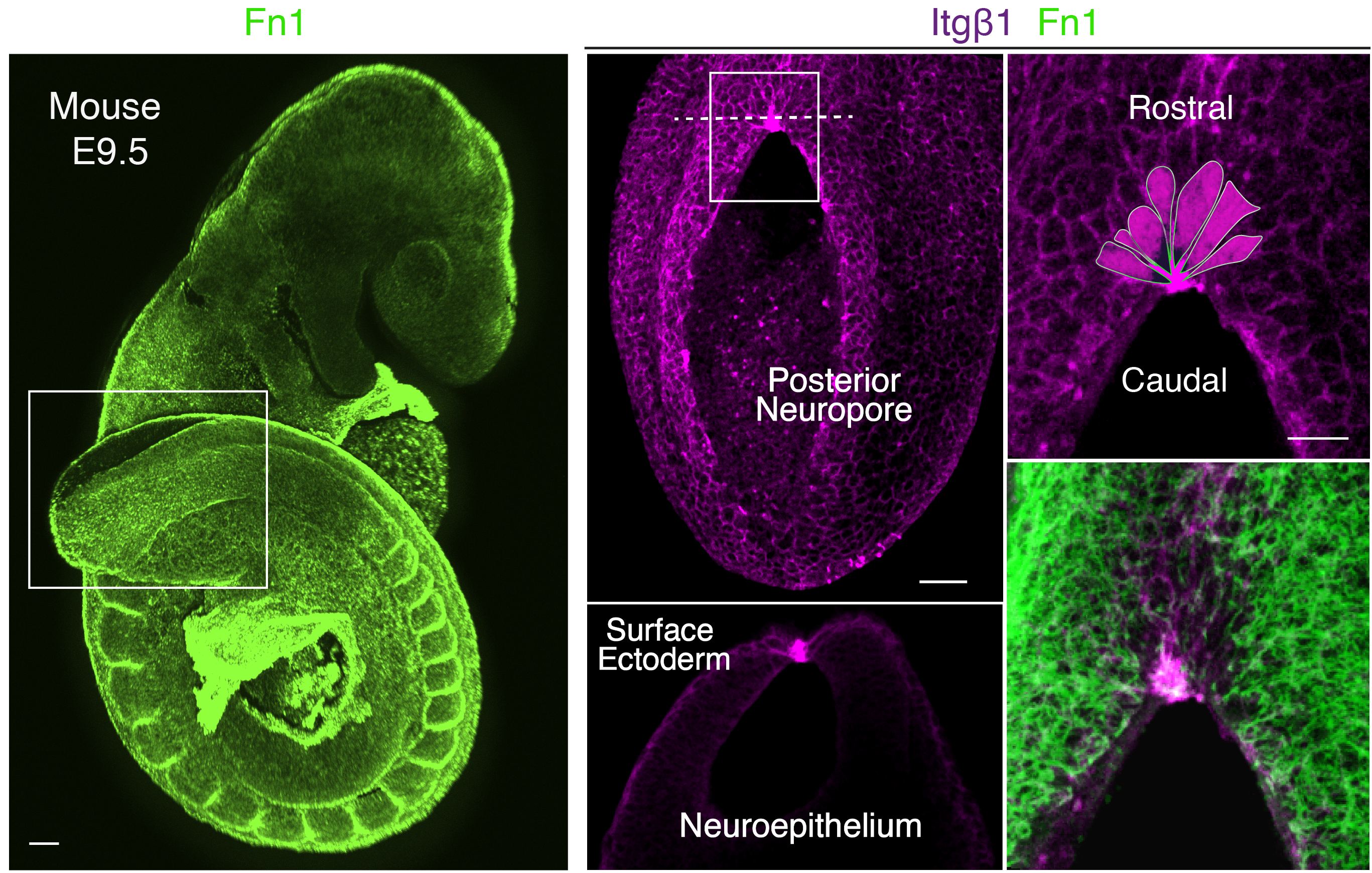

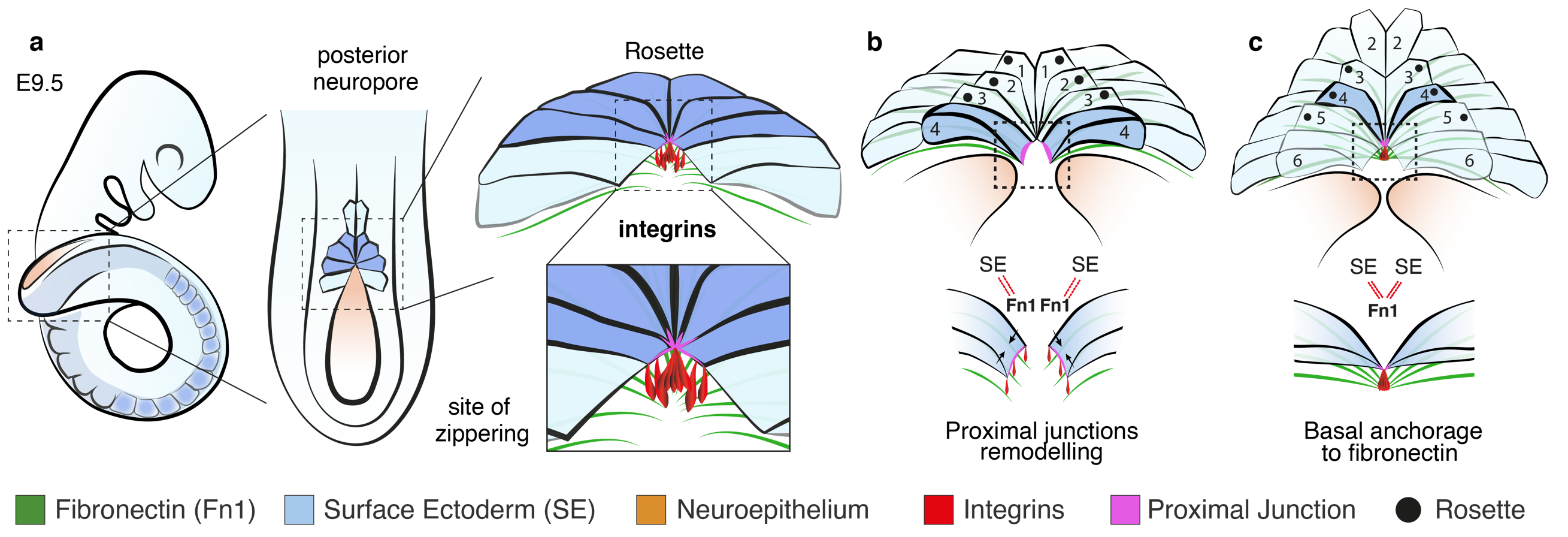
 IRIBHM is a research institute of the Medical School of the Free University of Brussels (Université Libre de Bruxelles, ULB). The institute offers an internationally prominent research environment in molecular biology and life sciences, that engage different topics that span receptor pharmacology and new therapeutic targets discovery, early embryonic development, neurobiology, stem cells and cancer. The institute has trained over the years a number of talented young scientists both at the graduate and postdoctoral levels.
IRIBHM is a research institute of the Medical School of the Free University of Brussels (Université Libre de Bruxelles, ULB). The institute offers an internationally prominent research environment in molecular biology and life sciences, that engage different topics that span receptor pharmacology and new therapeutic targets discovery, early embryonic development, neurobiology, stem cells and cancer. The institute has trained over the years a number of talented young scientists both at the graduate and postdoctoral levels.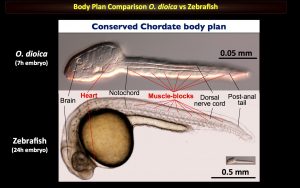
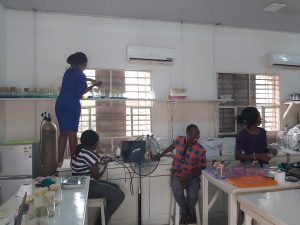
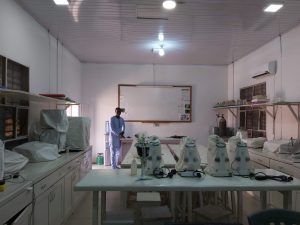
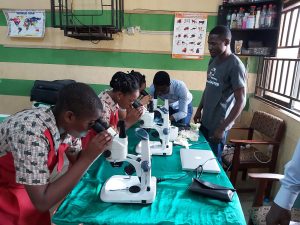
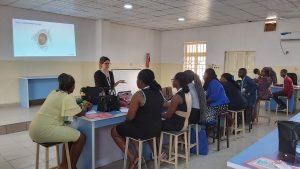
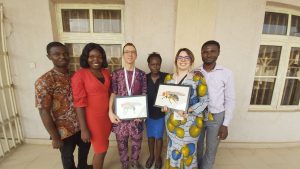
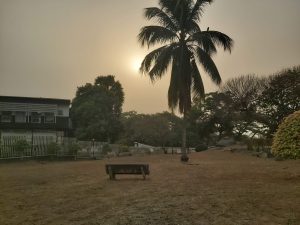
 (13 votes)
(13 votes)